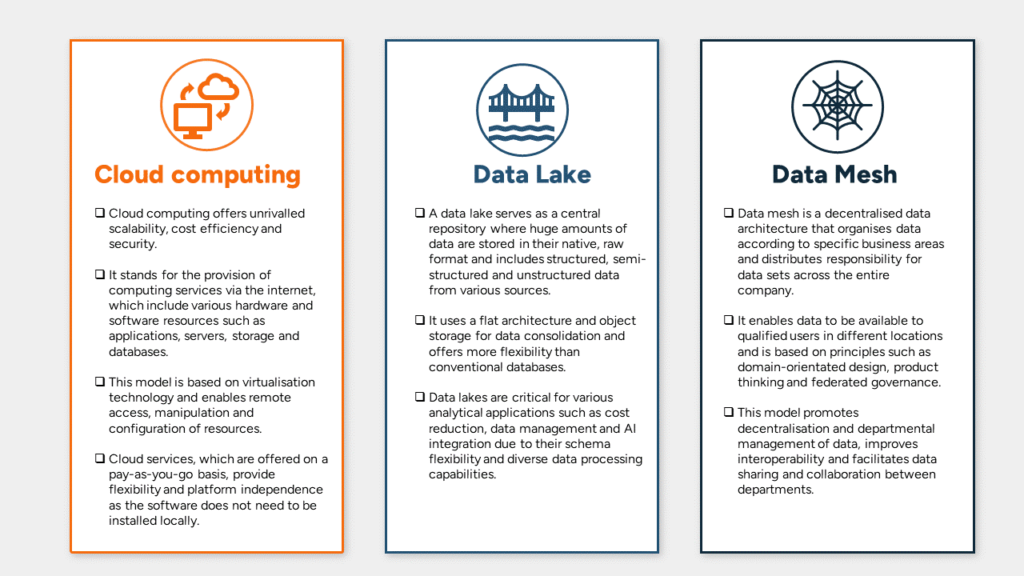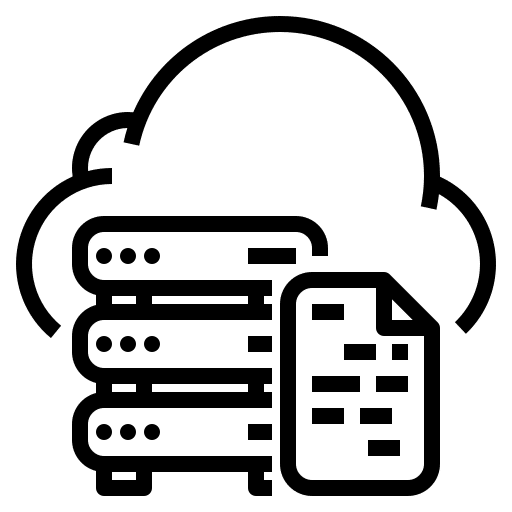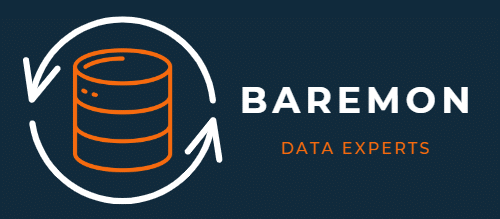Cloud, Data Lake & Data Mesh


1. Cloud computing
Cloud computing offers unrivalled scalability, cost efficiency and security. It stands for the provision of computing services via the internet, which include various hardware and software resources such as applications, servers, storage and databases. This model is based on virtualisation technology and enables remote access, manipulation and configuration of resources. Cloud services, which are offered on a pay-as-you-go basis, provide flexibility and platform independence as the software does not need to be installed locally.
2. Data lake
A data lake serves as a central repository where huge amounts of data are stored in their native, raw format and includes structured, semi-structured and unstructured data from various sources. It uses a flat architecture and object storage for data consolidation and offers more flexibility than conventional databases. Data lakes are critical for various analytical applications such as cost reduction, data management and AI integration due to their schema flexibility and diverse data processing capabilities.

3. Data Mesh
Data mesh is a decentralised data architecture that organises data according to specific business areas and distributes responsibility for data sets across the entire company. It enables data to be available to qualified users in different locations and is based on principles such as domain-orientated design, product thinking and federated governance. This model promotes decentralisation and departmental management of data, improves interoperability and facilitates data sharing and collaboration between departments.
Synergies and integration
Cloud and data lake: Data lakes are often hosted in the cloud and utilise the scalability and security features of the cloud.
Data lake and data mesh: Data mesh architectures can be built on top of data lakes to promote decentralisation.
Cloud and data mesh: Cloud-native services improve the implementation of data mesh architectures through their inherent scalability and flexibility.
Implementation considerations
Technology stack: Selection of compatible technologies is essential for seamless integration of cloud, data lake and data mesh.
Data governance: Robust governance policies that can adapt to these architectures are critical.
Cost management: You need to keep an eye on costs, including the hidden costs associated with each technology, such as data outsourcing fees.
Challenges and solutions
Complexity: Integrating these technologies requires specialised skills and tools.
Data quality: The increasing volume and variety of data poses the risk of poor data quality, which requires solid governance and metadata management.
Security issues: Although these technologies offer robust security features, a shared responsibility model often applies, especially in cloud environments.
